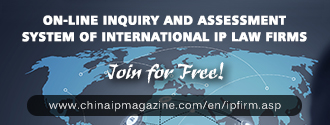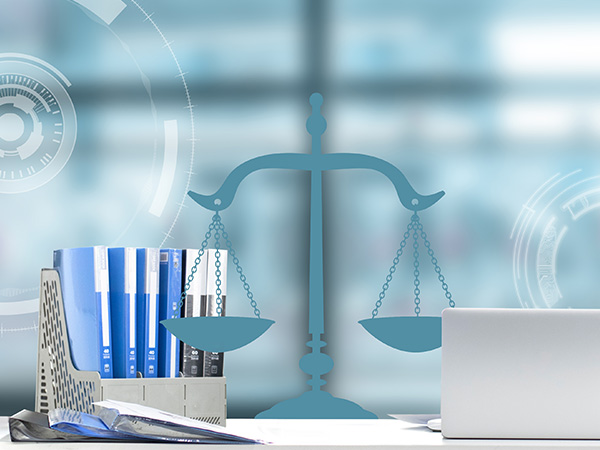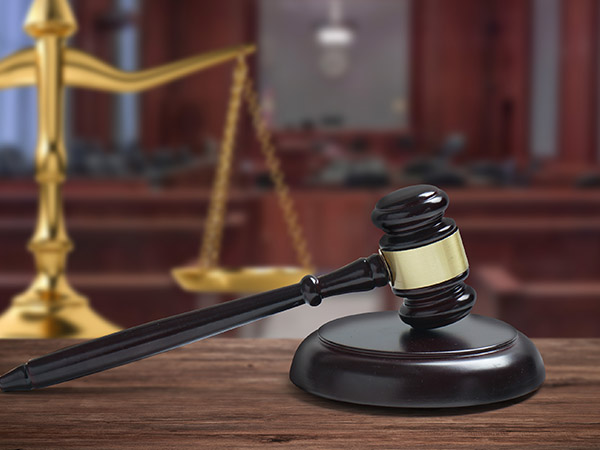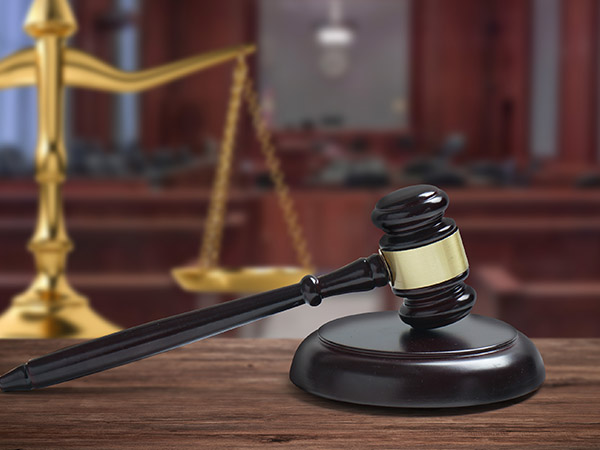![]()
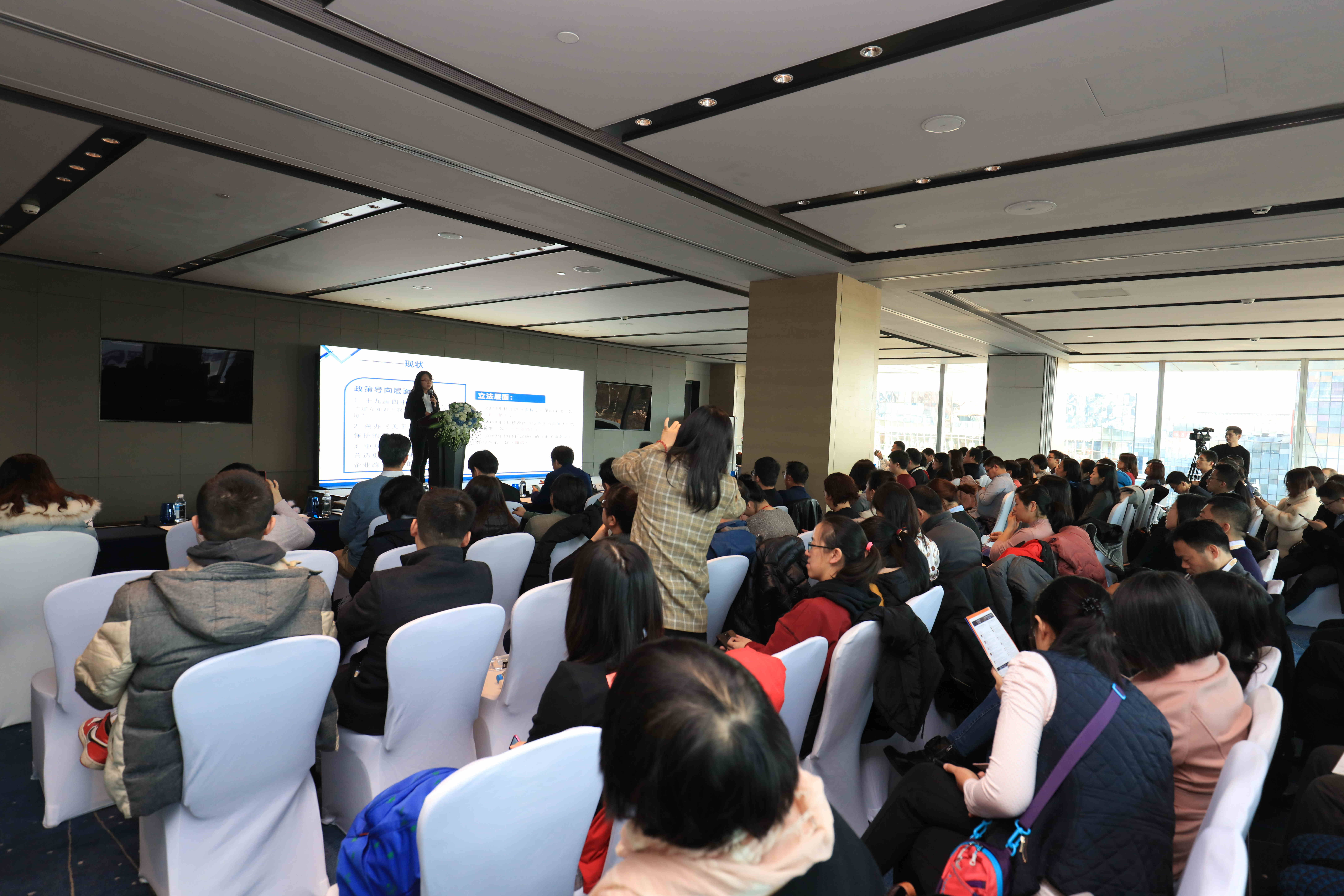
2019 is destined to be an important year in the history of China's intellectual property legal system. With the promulgation of central documents such as the Regulations on Optimizing the Business Environment, Opinions on Strengthening the Protection of Intellectual Property Rights, Opinions on Creating a Better Development Environment to Support the Reform and Development of Private Enterprises, and so on, strengthening the protection of intellectual property rights, intensifying the punishment for counterfeiting infringement and damage damages, and establishing a punitive damages system for infringing intellectual property rights, have all been put into the agenda of China's intellectual property legal system. At the same time, judicial practice is continuously deepening the exploration of punitive damages for intellectual property infringement. In September 2019, the Shanghai Pudong New District People's Court announced the first punitive damages case for intellectual property infringement in Shanghai, with the damages paid up to 3 million yuan. In November 2019, the Shanghai Intellectual Property Court used the evidence presented to produce an order and determined the damages comprehensively. The amount of the 250, 000 yuan damages ruled in the first instance of a case was changed to 3 million yuan. The dual tracks of theory and practice, legislation and justice are driving the punitive damages system for intellectual property infringement to take root in China.
Heated discussions on the theory and practice of the punitive damages system for intellectual property rights have never ended among the judicial, the academic, and the social sectors. Previously, the 2019 China IP Practice Forum in Shenzhen had discussed fundamental issues of punitive damages, such as the determination of the subjective "malice" of the infringer and objective "severity" of the infringement, the damages base and the damages coefficient, the "right holder’s loss" and the "infringer’s gain." In order to continue and deepen the above thinking, The 10th China IP International Annual Forum & 2020 Annual Conference of In-House IP Managers in China specially set up the 6th IP Judges Forum with the theme of “Analysis of the Path of Punitive Damages for Intelligence Property Infringement.” More than ten well-known domestic judges and scholars were invited to gather together to conduct a more in-depth analysis of the punitive damages path for intellectual property infringement.
The forum was co-chaired by Professor Li Yang of Sun Yat-sen University Law School and Li Xue, Vice President and Executive Editor of China Intellectual Property Magazine. Keynote speeches were then delivered by Xu Jun, President of the Intellectual Property Division of the People's Court of Pudong New Area, Shanghai; Professor Deng Hongguang of the Southwest University of Political Science and Law; Qin Yuanming, the Presiding Judge of the Third Tribunal of the Supreme People's Court; Zhou Xiang, the Vice President of the Intellectual Property Tribunal of the Supreme People's Court. Later, Yao Bingbing, President of Nanjing Intellectual Property Court, participated in the hot topics discussion session of the forum.
Judge Xu Jun first made a speech on the topic of "Research on the Base of Punitive Damages for Intellectual Property." He pointed out that the difficulty of determining the base is a common problem in the field of intellectual property damage damages, which is caused by various complexities of reality in the process of determining damages. To solve the highly uncertain big-picture issue of intellectual property damage damages, the judiciary should reflect on the traditional adjudication concept for damages, abandon the high-precision expectation of intellectual property damage damages, and apply the new concept of proportionality. Under the guidance of this new concept, Judge Xu selected several specific cases to analyze its rules and methods of evidence and proposed judicial suggestions such as encouraging, supporting and standardizing the judge's discretion, adopting multiple evidence methods, continuously enriching the means of proof, implementing regulation for obstructive evidence, reasonable lowering the proof standards and promoting joint social governance.
Judge Cao Liping made a speech with the theme of "Value Positioning of Punitive Damages in the Intellectual Property Damages System" in combination with the current situation of punitive damages applied by Beijing courts. Judge Cao pointed out that punitive damages could help make up for the disadvantages of the traditional "three-step" calculation method. The traditional one was unable to fill the rights holders’ losses and fail to punish the infringing acts adequately. It could also comfort other rights holders and deter potential infringers — the punitive damages featured in moral condemnation and reflected the institutional value of the multi-interest dimension. Of course, the punitive damages system is not completely independent. It is a supplement and improvement to the existing damages system, not subversion or replacement. Based on this, Cao finally explained the specific application of punitive damages from multiple perspectives, such as the combination of subjective malice and objective severity, the legality of punishment degree (the upper limit of legal multiples) and so on.
Professor Deng Hongguang took the theme of “Positioning of Punitive Damages for Intellectual Property Rights” as the theme, giving his explanations from five perspectives including the era of the positioning, the era of civil rights relief system, the era of private rights relief system, the era of intellectual property rights system, and the era of intellectual property rights damages system. Professor Deng pointed out that the reason why punitive damages for intellectual property has become a hot issue in recent years is that it has the dual influence of international situations and domestic developments. According to the purpose and original intention of the punitive damages system, both criminal and civil litigation systems for intellectual property should be improved and exceptional conditions of punitive damages should be clarified. According to Deng, there is an important difference in the nature of intellectual property infringement and general civil infringement, and the judicial system should adjust the inherent motivation of intellectual property rights holders to safeguard their rights. From the perspective of the impact on the public interest, the punitive damages system is most appropriate for trademark infringement cases, while for patent and copyright infringement cases, punitive damages needs to be more carefully used.
Presiding Judge Qin Yuanming took the theme of "Progress and Existing Problems in Judicial Interpretation of Punitive Damages for Intellectual Property infringement," and made a speech from three aspects: current progress, legal application issues, and future plans. Qin concluded that the current legal application issues of punitive damages mainly included the following problems: the applicable conditions, determination of the amount, coordination with other legal liabilities, and procedural rules. He emphasized that the application of punitive damages should wait for both subjective “malice” and objective “severity” line up. At the same time, based on judicial experience, the subjective and objective elements should be typed, and basic rules should be set to facilitate the development of future judicial practice.
Vice President Zhou Xiang made the final speech on the theme of "Thoughts on the Application of Punitive Damages to Technology-Related Intellectual Property Infringement Cases". Zhou pointed out that punitive damages is premised on the existence of compensatory damage. The determination of its amount is also related to compensatory damages; the non-material nature and the limited value cycle of intellectual property objects are urgently needed to obtain more comprehensive protection through punitive damages. In addition, there was a difference between technical intellectual property rights and trademark rights in the value of punitive damages. Therefore, the general and special features of introducing punitive damages into the field of intellectual property law should be used as a basis for further consideration of the nature of technical intellectual property and the purpose of related legislation.
After the keynote speech session, all the guest speakers participated in the Brainstorming-Hot Topics Discussion Session set up in the forum. The participants discussed various hot and difficult issues related to punitive damages of intellectual property rights, ranging from evidence methods and rules, applicable subjects and objects, requirements, criminal-civil relations, to the determination of bases.
After the exchange of views and wisdom collisions among the guests, the 6th IP Judges Forum was successfully completed. Novel ideas and exquisite discussions contributed by judges and scholars in this forum will set appreciated reference to the construction of a punitive damages system for intellectual property infringement in the future.





